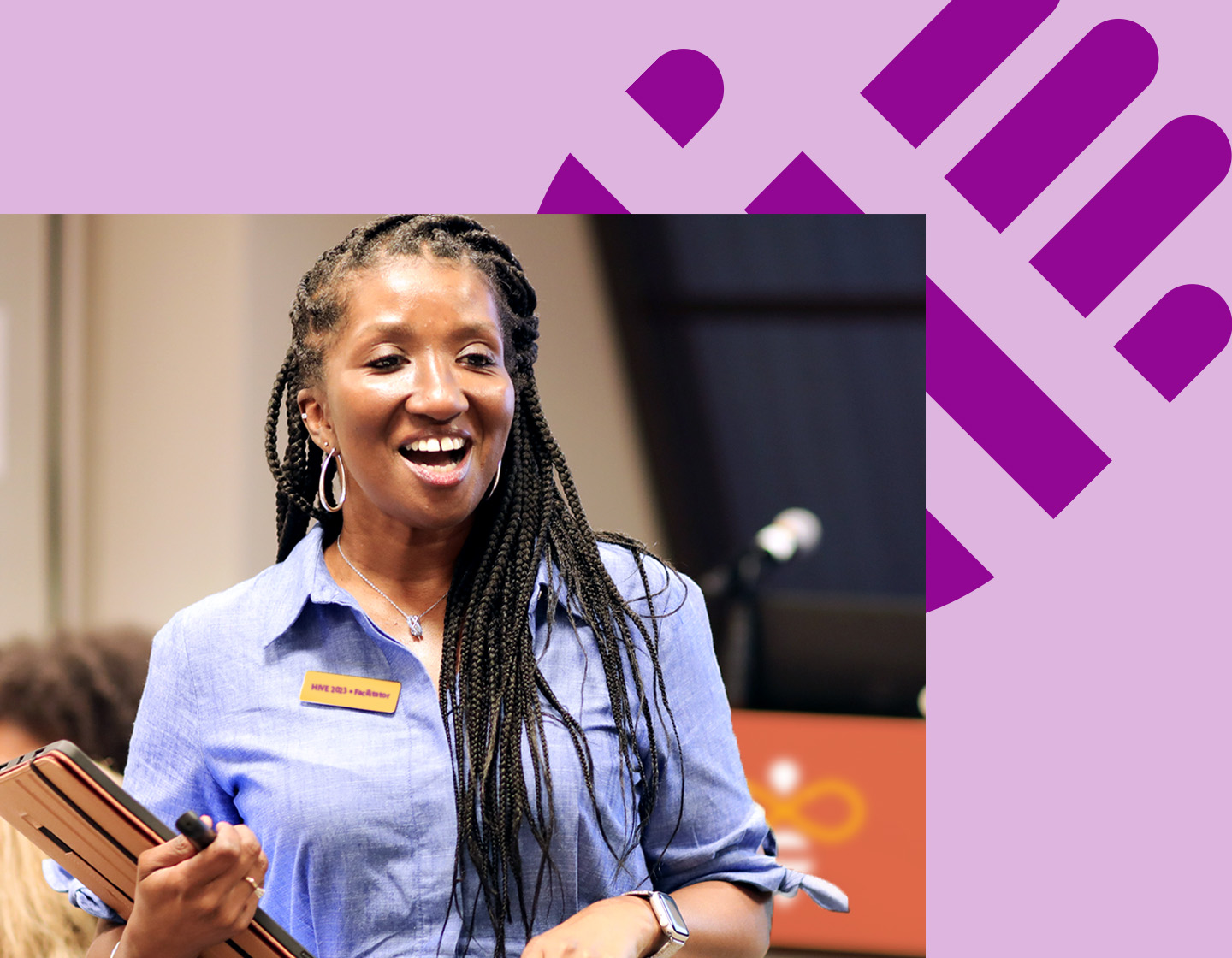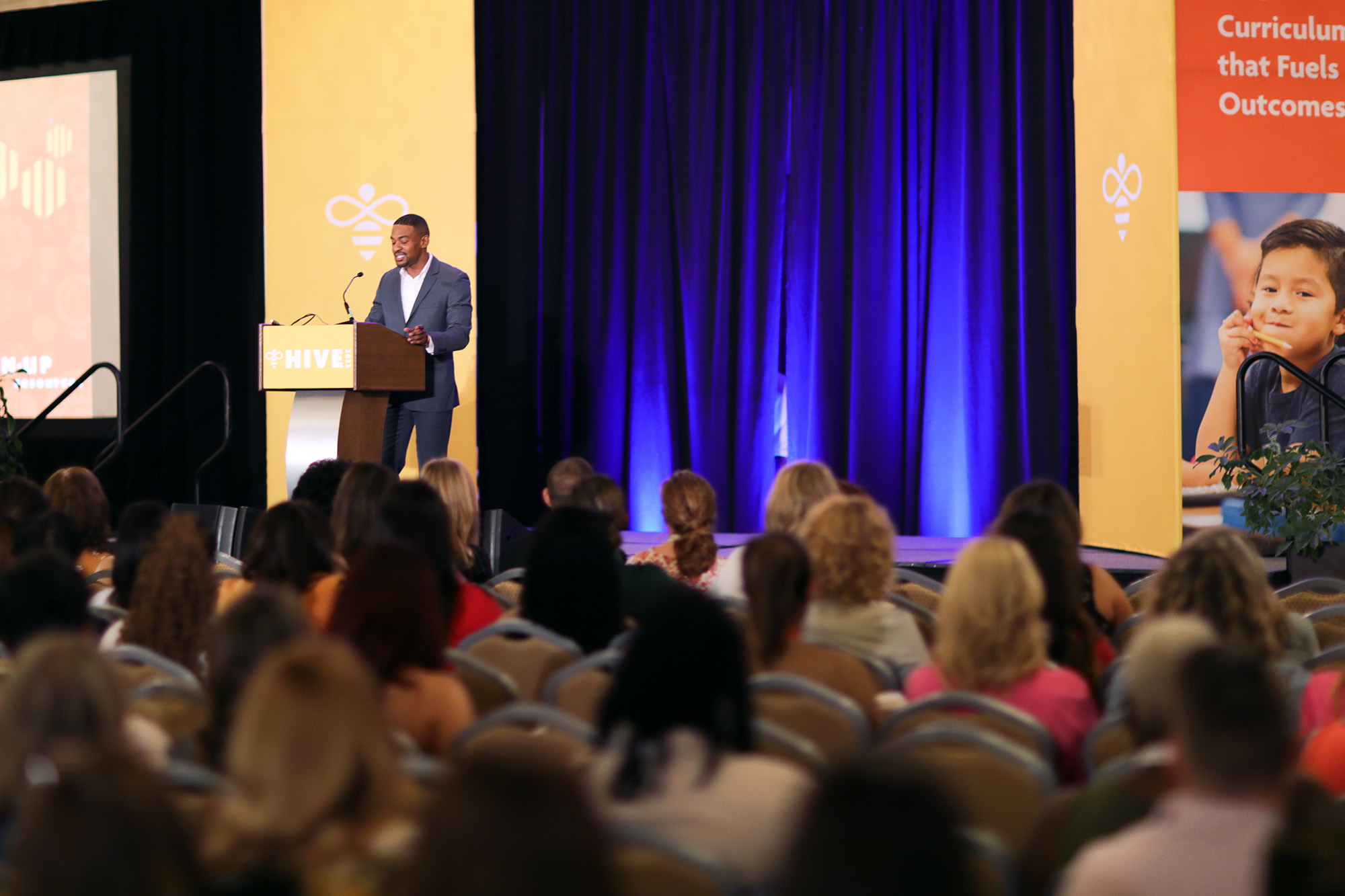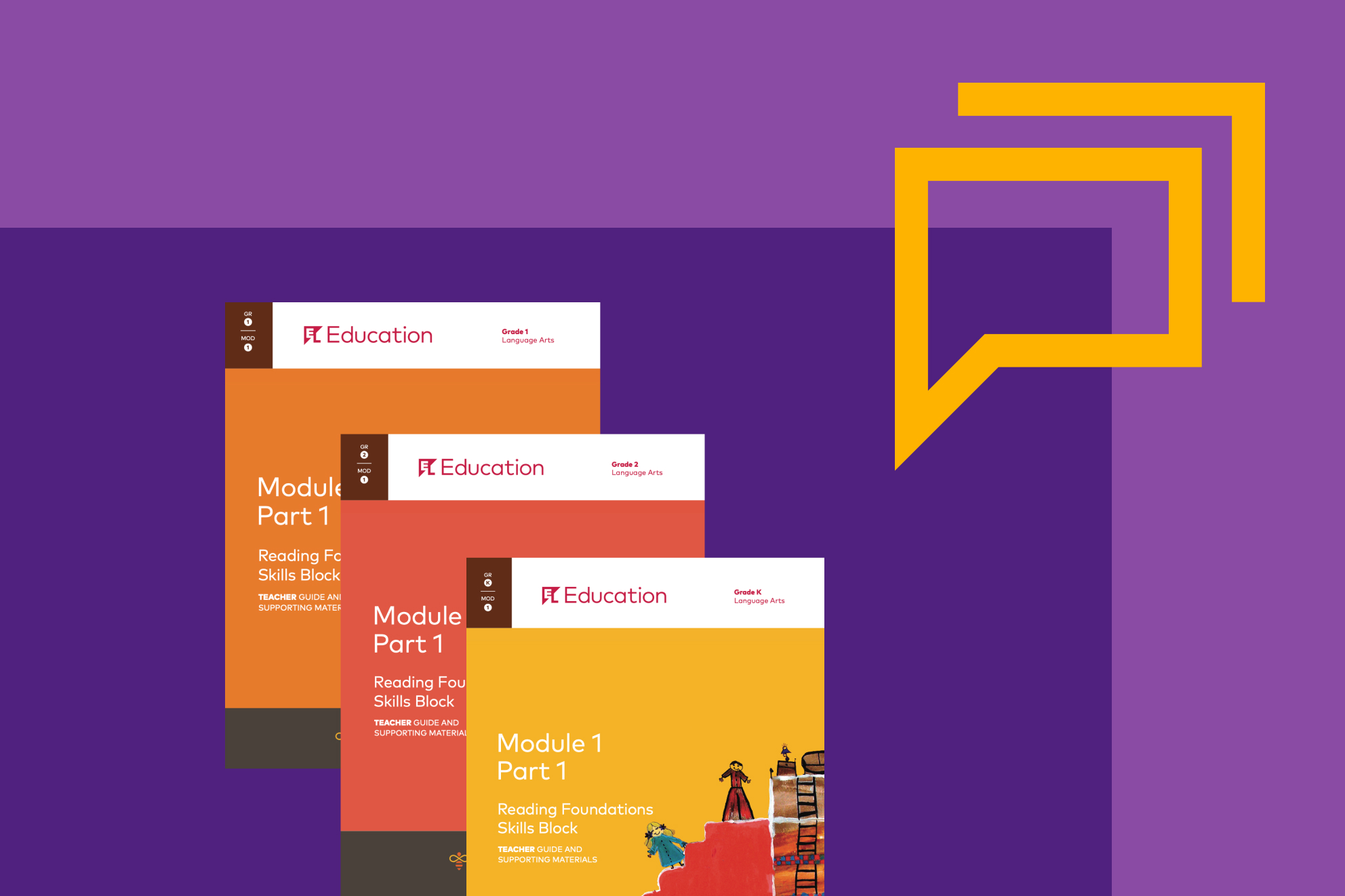The Open Up Resources team joined the Michigan Reading Association’s 67th Annual Conference in Grand Rapids, Michigan. We were honored to sponsor the opening event, which featured poets representing InsideOut Detroit Literary Arts, one of the nation’s premier writers-in-the-schools programs.
Since 1995, InsideOut Literary Arts has helped over 65,000 of Detroit’s youth build their literary and academic skills through creative writing. In 2009, Michelle Obama presented InsideOut with the National Arts and Humanities Youth Program Award, the highest honor in youth arts programming, for their ability to foster and empower authentic youth voices.
Brittany Rogers, Shawntai Brown, and Justin Rogers – Detroit natives, poets, and educators with Detroit Public Schools – took to the stage of the Imperial Ballroom at the Amway Grand Plaza for a powerful roundtable discussion reflecting on the cultural gap between identity and the traditional literary experience in K-12 education.
What is the value of discovering the author behind the book?
Justin Rogers: There’s something super important about listening to a song and saying, “I like the sound this artist makes,” then sitting with it for years and letting it be the only thing that matters. But later, being able to say, “Okay, why did this artist create this and what was the distance between their creation and me feeling something?” I think about that when I’m writing, “What is the larger impact of this on other individuals?”
Brittany Rogers: The value is that it adds context for students and allows them to see how a person’s lived experience shows up in their imagination. We talk about how even though fiction is fictional, the things that you have been through, sometimes creep through your writing. The context makes it feel more real – it’s the connective tissue.
Shawntai Brown: Learning the identity of Alice Walker changed my whole view. Had I known she existed, the self-hatred I carried around maybe would have been dispersed at an earlier age, because I had access to an author who told me you have permission as a black woman to have ownership over your sexuality and your body – that’s part of freedom. Telling our students who the authors are, gives them access to themselves beyond the stories that they are reading. The book is fabulous, but the person who wrote the book – that story is so much bigger, so much more important to our history and to what we are able to read between the lines.
A majority of the literature students are expected to read in class is authored by white writers. As white educators, how do you fill the gap to better make connections between students’ everyday lives and the information in these texts? How would these texts be different if authored by people of color?
Shawntai: I really enjoy the Code Switch podcast by NPR – a recent one was about the textbook industry and how textbooks are written. Texas is the measurement point for which
books get approved and which do not. What’s scary is that you can have black authors – you can bring black people into the space and make them a hit – but if they are fighting within the same system, it will be very hard to change. We have to change the litmus test for which texts get chosen to be published so that when black authors pen these books, they can actually make it into the classroom. If and when that happens – I think it will – I’m excited about the way that black authors and other authors of color bring context to social, historical, and economic conversations. Every piece of the puzzle that you learn in school is all connected. Bringing voices to the conversation that will make people of color more than a chapter in all subjects throughout the entire textbook is really important to help students feel seen.
Brittany: What I consider to be my business is how I curate my room. I ensure that every standard, theme, and essential question is covered in my classroom. In Detroit, my city is 80% black and my school is overwhelmingly black and brown. It would be a disservice to bring in literature that doesn’t reflect any of them. I consider my reading to reflect everyone – through the novel selection, music, playlists, and podcasts. For example, when I teach Beloved by Toni Morrison, I use the visual album of Beyonce’s Lemonade along with it.
Justin: Allowing somebody with a lived experience to come in [to your classroom] adds color, flavor, background, and understanding to the information they just read. When they see this person in front of them that they can see in the flesh, it changes the learning experience.
How does your experience as a Detroiter influence your writing, and reading, and how you should up as an educator? Are there ways that lived experience is a hindrance?
Justin: It’s in everything I do – from top to bottom – and I expect that from other people too. You’re from where you’re from for a reason. It’s valuable and goes a long way into what and how you do what you do and how your students reflect on you. Sometimes it’s not what I’m leaving you with now, but what I’m leaving you with in the future. Showing up with who you are and where you’re from is the easiest way we can let our guard down and stick with students in ways that we can’t understand. When you think back to the people that influenced you the most in your youth, you had some connection to that person. It wasn’t just that they told you 2+2=4, it was some emotional connection. It paints everything I do.
Shawntai: The experience of being black was one that I couldn’t really define for myself until I left Detroit because blackness was essentially everything – everybody is, everybody is from, we all are. Sometimes I have to reflect on my time outside of this community to remind myself about the larger fight that other black people are having in the country. It’s easy to not recognize some of the microaggressions that happen when you live in a city where everyone is like you.
Sometimes it’s a hindrance because I get really exhausted with fighting when I sometimes feel so comfortable in my cocoon. It’s influenced my writing in a positive way because I’ve tried to
decentralize whiteness – it’s not my default, it’s my experience, my people, my neighborhood, my family, my teachers, my colleagues – and many of those people share my skin people and some of the experiences that come with having this skin. It feels liberating to be on the page. Where I see many of the writers I love and admire always talking about the black experience in relation to whiteness – I feel fortunate to be liberated from that in a way, and centered into what I was born with.
Brittany: I show up in my classroom every day as myself. The most gratifying comment I get from students after they leave my classroom is the number of young folks who write to me and say, “Miss Rogers, you taught me how to be myself and you made me feel comfortable being a black girl from Detroit.” I don’t press them about standard English because I don’t speak standard English nor do I think it’s more legitimate than ebonics or AAVE. I know that my students are going to learn something through me, even if it’s how to be themselves every day. Detroit permeates everything about my writing, it’s very much a point of origin for me where all things begin and end. A hindrance is the culture shock – Detroit can be a very insular place; for me, it’s a very safe place. We have a culture that I’m easily able to understand and navigate. It’s a new thing to figure out and I’m not always figuring out that new thing, so it’s something I’ve had to grow in and work toward.
When reading and writing how do you find yourself in fictional or factual stories when they are written through a white lens? How do we encourage our students to see themselves?
Shawntai: Helping students see the commonalities in their experience has been a unifying thing for them. Any good writer can write a character that anybody would be able to read and find a piece of themselves in because we are all part of the human experience. Even though we have cultural, racial, age, and generational differences, characters are based on real people or pieces of real people. A lens is narrow. Getting as many lenses as possible in the mix – all the photographers trying to get that one best shot – remember that there are still 150 other photos that show the other side of things and what happened. Trying to get students to be open to the fact that it may not be about them, this character might not be a complete reflection of them, but what else can they gain from it? What do you learn from the situations that these characters are put in? I think having more lenses is the number one thing. We need more people at the table – more people writing, editing, publishers, social sensitivity readers, and other experts to refine the perspective.













